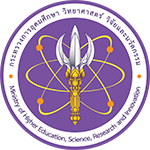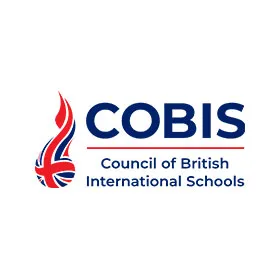Reflections and highlights of Bett Asia 2025 from an advisory board member.
Attending Bett Asia 2025 was like stepping into a laboratory of ideas about the present and the future of learning. Across every keynote, panel, and conversation, I sensed a shared urgency: how do we embrace technology—especially AI—without losing the human core of education? My reflections here bring together the insights that resonated most deeply with me, grounded in the belief that innovation in education must be intentional, guided, and deeply informed.
1. AI and the future of educationDanial Azizan from Google for Education (Malaysia & Brunei) began his keynote with a metaphor that stuck with me—he compared teachers to a Rubik’s Cube: complex, multifaceted, and constantly shifting. His message was clear: the roles of teachers have evolved far beyond instruction, and AI should exist to support that transformation, not complicate it. What I found most compelling was Google’s insistence on a learning-first philosophy—AI that empowers educators, not replaces them.
Throughout the session, Danial emphasized that AI’s real power lies in giving time back to teachers, freeing them from administrative overload to focus on connection and creativity. I was particularly struck by the examples of how AI can support students with special needs, tailor feedback, and assist in content creation. But what impressed me most was the cautious optimism: technology can personalise learning, but it still requires teacher judgement and ethical oversight.
The question Danial left us with still echoes for me: How ready are you to transform your classroom today?
2. Beyond the horizonDominic Liechti from Apple’s session reinforced the idea that technology is not the destination—it’s the enabler. He spoke about how education must evolve from passive consumption toward active creation, and I found his framing of the three pillars of future learning—creativity, curiosity, and critical thinking—especially powerful.
Apple’s focus on the Rising Skills for 2030—from AI literacy and environmental stewardship to leadership and resilience—felt like a reminder that the world our students are entering is both interconnected and unpredictable. Dominic challenged us to think critically about how we cultivate these skills in our classrooms and leadership teams.
His closing question still rings true: Will you be an observer or an agent of change?
For me, it underscored that adopting technology must come with the confidence and clarity to guide it wisely.
3. Building capacity for innovationThe ministerial panel featuring The Honourable Datuk Ts Mustapha Sakmud (Malaysia), Pengiran Dr Mohd Iskandar Pg Hj Petra (Brunei), and Dr. Silinthone Sacklokham (Laos) was a rich exploration of what it truly means to innovate within education systems that are often slow to change.
From Malaysia’s perspective, Datuk Ts Mustapha emphasised that innovation is a national priority—but one that must be supported by people, infrastructure, and sustainability. I found his long-term view of policy refreshing, especially as Malaysia prepares its next national education plan. Brunei’s representative, Dr Mohammad, reminded us that innovation is driven by teachers, not tools, and that without teacher confidence, technology will never translate into better learning outcomes. Meanwhile, Dr Silinthone from Laos highlighted the importance of teacher training, leadership, and community engagement as the foundation for any sustainable innovation.
Across the panel, one theme stood out to me: before we demand capability, we must build capacity. Systems thrive when innovation is human-centered—when teachers are trusted, trained, and supported.
4. Empowering teacher leadershipSamuel Isaiah from PEMIMPIN’s message resonated deeply with me: leadership in education is not about granting agency, but restoring it. Teachers today are overwhelmed and often starved for time to invest in their own learning, yet they remain the most powerful drivers of change within schools.
Samuel shared data showing that empowering teachers to lead can improve retention and student outcomes by 15–20%. But beyond statistics, he spoke with conviction about the moral imperative of valuing teachers’ voices. His examples of teachers leading small, purposeful initiatives reminded me that real innovation often starts with modest, consistent steps taken collectively. When teachers are respected and trusted as leaders, school cultures change from within.
5. Empowering the STEM generationDr Kritsachai Somsaman (SEAMEO STEM-ED) and Shariah Nelly Francis (Yayasan PETRONAS) discussed one of the most pressing challenges in STEM education: bridging the gap between classroom learning and industry realities. Both Dr Kritsachai and Shariah Nelly emphasised that providing tools is not enough—teachers need exposure to current industry practices to prepare students for a rapidly changing workforce.
What I found most valuable was their focus on transferable skills—communication, collaboration, creativity—that outlast any single technology. They mentioned inspiring examples like the Robot Car Challenge and the Walking Robot Project, where students learn by designing, building, and reflecting. The joy of STEM learning, they argued, must be hands-on and purpose-driven. I left this session convinced that developing teacher capacity in STEM isn’t about training them to use gadgets—it’s about helping them connect learning to life.
6. From play to purposeSonia Wadhwa from Salwan Education Trust’s talk reminded me that early learning sets the foundation for everything that follows. With 90% of the human brain developing before age five, she argued that this is the most crucial period for nurturing creativity, curiosity, and communication.
What I appreciated was Sonia’s nuanced view of Generative AI in early education. Rather than using it as a replacement for play, she demonstrated how it can extend it—through storytelling, music creation, and imaginative exploration. Her examples of combining ChatGPT + Spotify + Padlet for interactive listening, or using Microsoft Reading Progress to strengthen comprehension, showed how technology can be playful yet purposeful. For me, it was a reminder that responsible integration begins with understanding child development, not chasing digital trends.
7. Implementing assistive technologyThis panel reinforced a truth I’ve long believed: assistive technology doesn’t teach—teachers do. Dr Husniza Husni highlighted that technology is often mistaken for a silver bullet when, in reality, it succeeds only when embedded within a sustainable ecosystem of support.
Dr Syazwan Zainal spoke about the need for systemic infrastructure to ensure inclusion, while Ms Siti Ainulmursyida offered a grounded perspective from her classroom experience, emphasising empathy and adaptability. I found the focus on teacher and student wellbeing particularly important—innovation that ignores wellbeing is not sustainable. This session captured the kind of mindful integration we need more of: strategic, contextual, and compassionate.
8. Revising the future of classroom-based learningThis dialogue was one of the most thought-provoking of the conference. Azlina Kamal reminded us that the future of education cannot be built on technology alone—it must be rooted in equity, connection, and context. Her statement, “Innovation without inclusion is inequality at scale,” perfectly encapsulated the ethical challenge of modern education systems.
Jeff Sandhu’s description of 42 Malaysia’s peer-to-peer model showed what a radical rethinking of education can look like—where curiosity and grit replace credentials, and learning is measured through effort and process rather than grades. I was inspired by how both speakers converged on one point: education must balance digital innovation with human connection. Skills may be the currency of the new economy, but values remain its compass.
9. Screen timeThe final session I attended tackled an issue that every educator and parent wrestles with: screen time. Craig Kemp urged us to shift the conversation from hours to habits, emphasising that what matters most is quality over quantity. I appreciated his call for schools and families to develop a shared language around digital wellbeing.
Dr Vincent Chian cautioned against framing technology as an adversary—our language shapes our relationship with it. Instead of bans, he suggested offering purposeful alternatives and teaching students how to use technology intelligently and intentionally. For me, this session reaffirmed that balance and intentionality—not fear—should guide our digital practices.
Final reflection
After two days of sessions, one conclusion became undeniable: innovation in education begins and ends with people. The promise of AI and EdTech will only be realised when systems prioritise teacher development, ethical guardrails, and student wellbeing. As an advocate for responsible AI integration, I left Bett Asia both inspired and cautious. The tools are powerful, but they demand wisdom, training, and humility in their application.
Technology should amplify human potential, not automate it. The future of learning is a human project, powered—but never defined—by intelligent tools.
[This article was originally published on LinkedIn]
About the author: Damir Odobasic is the Head of Music, ICT, and Digital Integration at Shanghai United International School (SUIS), where he leads cross-campus initiatives to embed innovative technologies and AI into everyday teaching. With a diverse background in music education, education technology, and curriculum design, Damir empowers teachers and students alike to embrace digital tools in creative, ethical, and impactful ways. Damir is also a member of the Bet Asia advisory board.
.png?ext=.png)

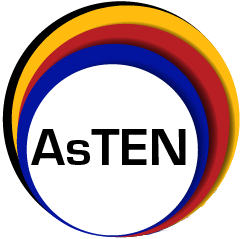
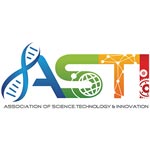

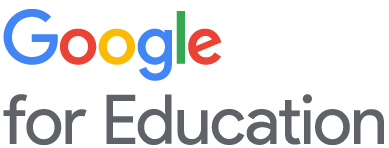


.png?ext=.png)

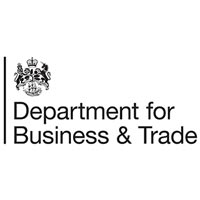
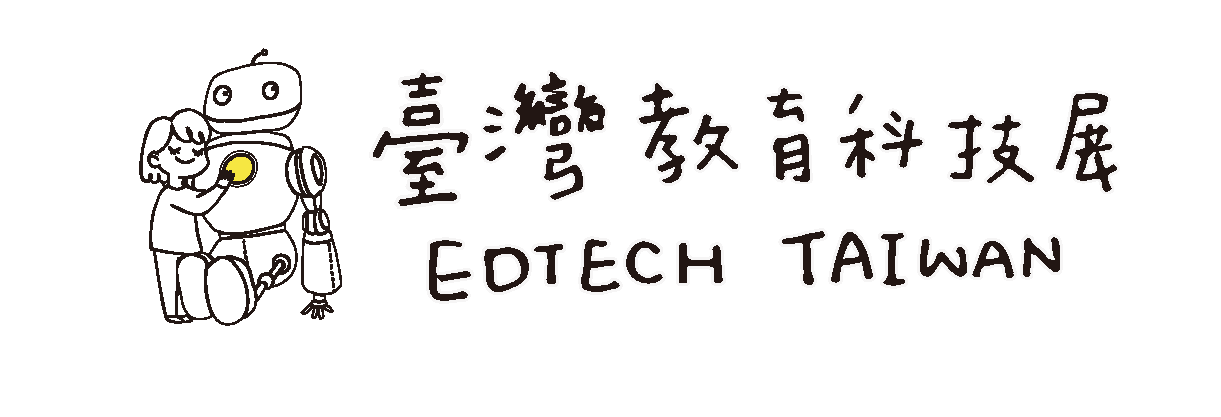

.png?ext=.png)
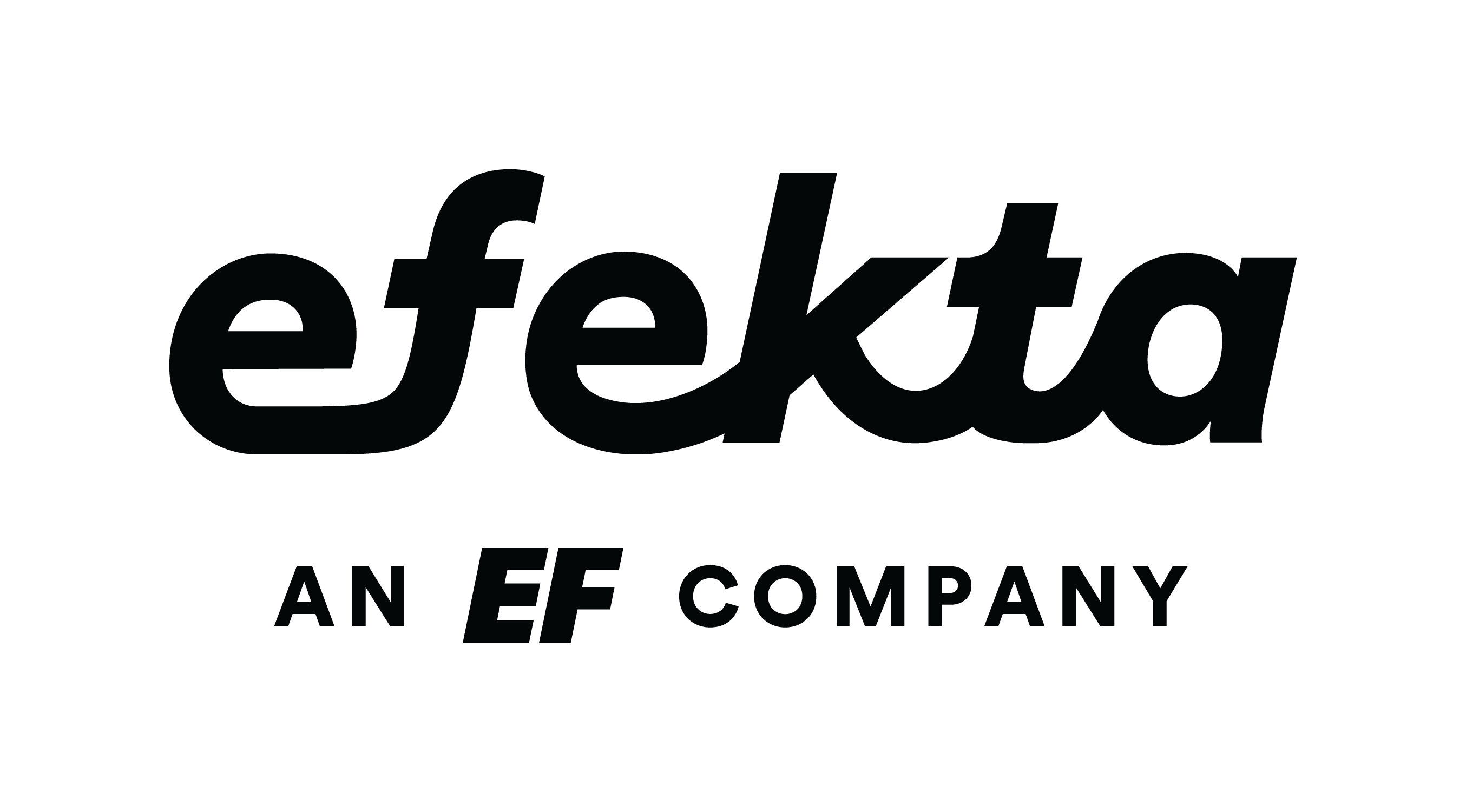
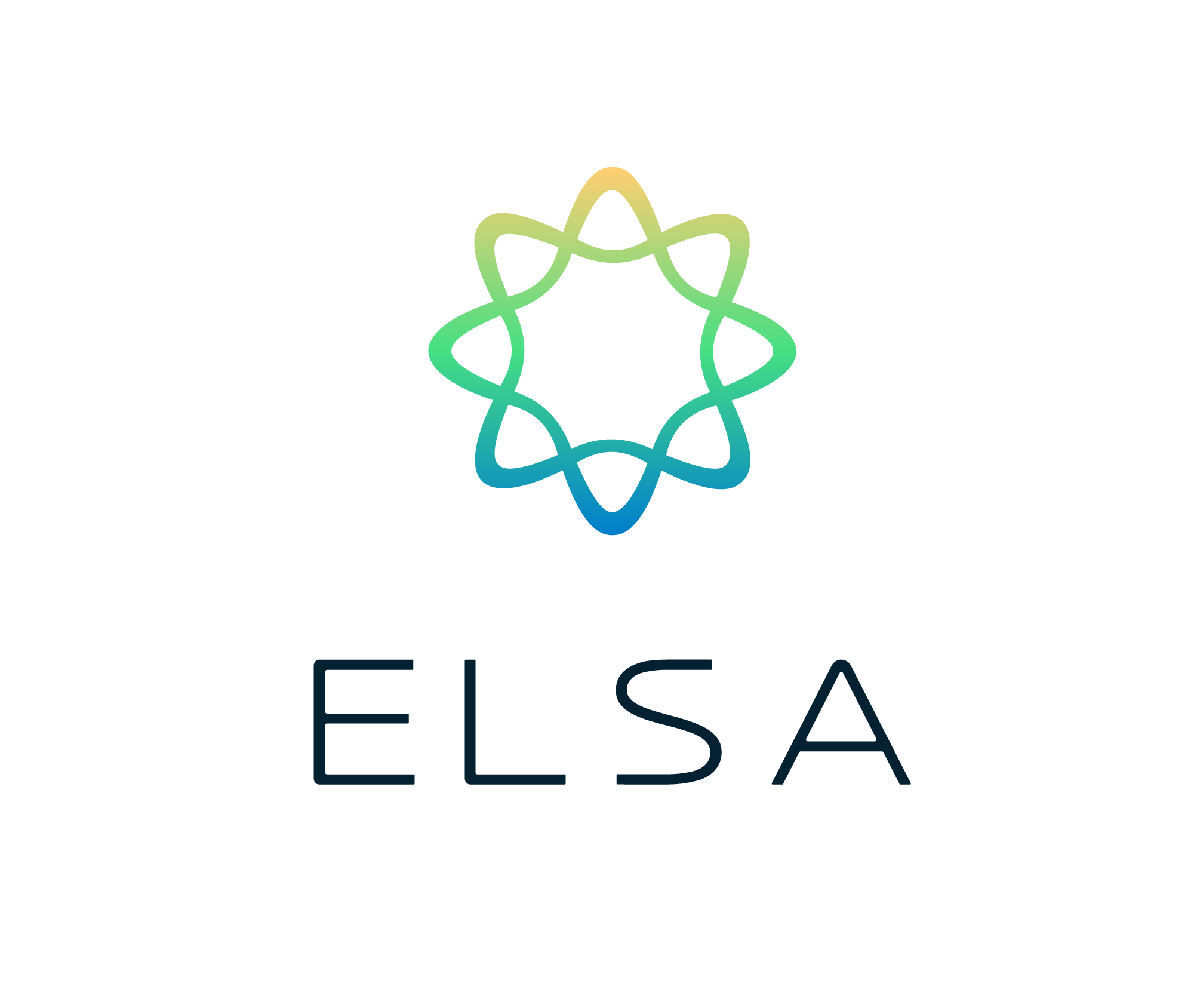
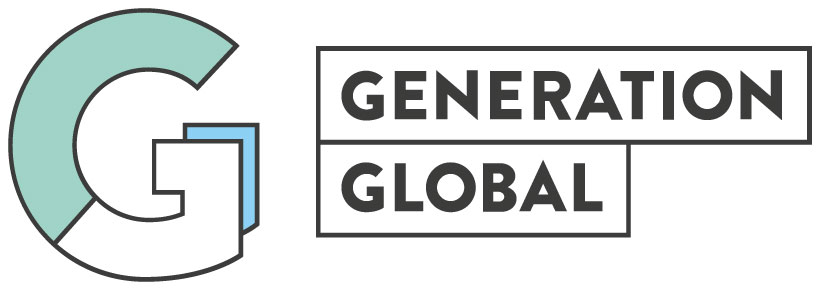
.png?ext=.png)
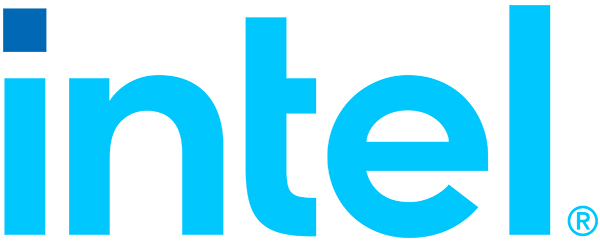
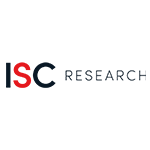

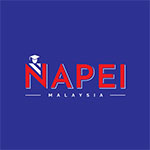

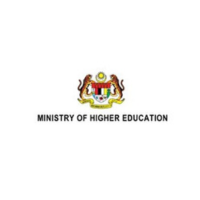

.png?ext=.png)
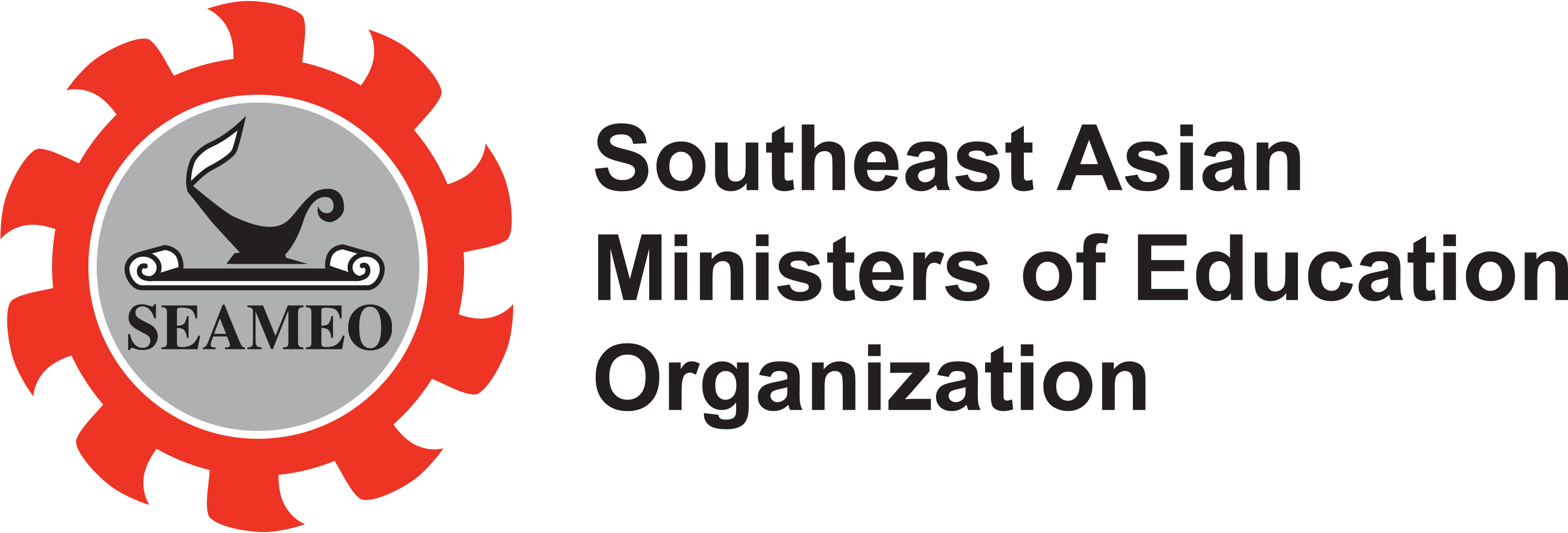
.png?ext=.png)

.png?ext=.png)
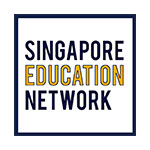
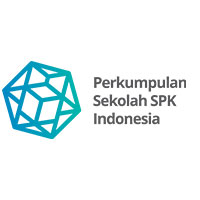

-4000px-(2).png?ext=.png)
